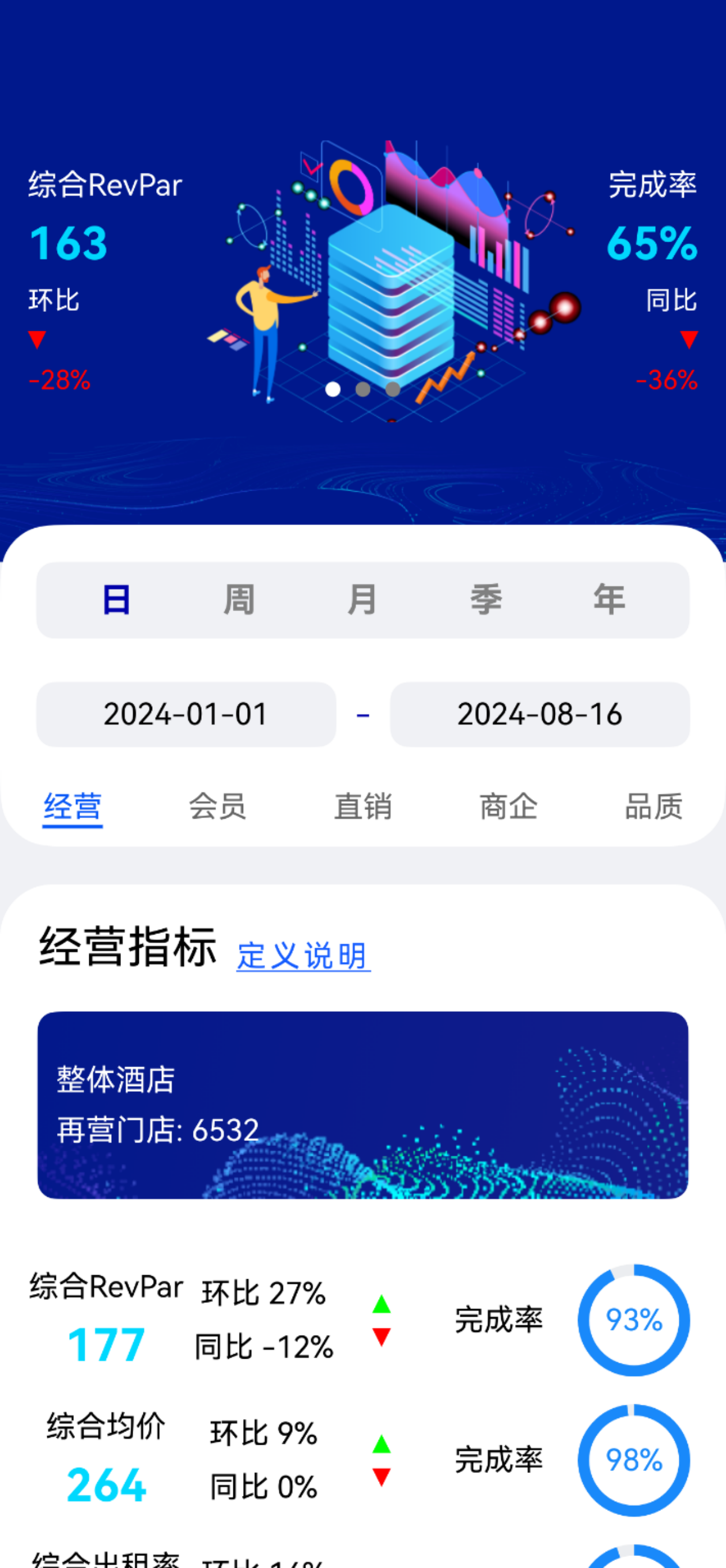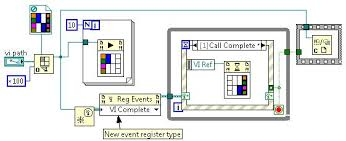Java NIO(非阻塞IO)是一种用于高效处理大量并发连接的新式IO操作方式。与传统的阻塞IO相比,NIO提供了更高的性能和更好的并发能力。Java NIO主要包括三个核心组件:Buffer、Channel和Selector。下面将详细介绍这些组件及其基本使用方法。
Java NIO概述
Java NIO(New IO)自Java 1.4版本引入,后来在Java 7中得到了进一步增强。NIO的主要目的是解决传统阻塞IO在处理大量并发连接时的性能瓶颈。NIO采用了一种基于事件驱动和多路复用的模型,允许应用程序在单个线程上处理多个连接。
核心组件
Java NIO的核心组件包括:
- Buffer:缓冲区,用于存储数据。
- Channel:通道,用于读写数据。
- Selector:选择器,用于监控多个通道的状态。
1. Buffer(缓冲区)
Buffer是NIO中的基本数据结构,用于存储数据。在NIO中,所有数据都必须先读入Buffer,然后再从Buffer写入目标。Buffer具有以下特点:
- 容量(Capacity):
Buffer的最大容量。 - 位置(Position):当前读写的位置。
- 限制(Limit):当前读写操作的结束位置。
常见的Buffer类型包括:
ByteBufferCharBufferShortBufferIntBufferLongBufferFloatBufferDoubleBuffer
2. Channel(通道)
Channel是NIO中的另一个核心组件,用于连接源和目的地,实现数据的读写操作。常见的Channel类型包括:
FileChannel:用于文件读写。SocketChannel:用于网络通信。ServerSocketChannel:用于监听网络连接。
Channel支持以下操作:
read():从通道读取数据到Buffer。write():从Buffer写入数据到通道。close():关闭通道。
3. Selector(选择器)
Selector用于监控多个Channel的状态,可以同时监控多个Channel的读写状态。常见的Selector操作包括:
open():打开选择器。register():注册Channel到选择器。select():选择已准备好的Channel。selectedKeys():获取已选择的Channel集合。
示例代码
下面通过几个示例代码展示如何使用Java NIO进行基本的读写操作。
示例1:使用Buffer和Channel读写文件
1import java.io.FileInputStream;
2import java.io.FileOutputStream;
3import java.nio.ByteBuffer;
4import java.nio.channels.FileChannel;
5
6public class FileCopyExample {
7 public static void main(String[] args) {
8 try (
9 FileInputStream in = new FileInputStream("input.txt");
10 FileOutputStream out = new FileOutputStream("output.txt")
11 ) {
12 // 创建Buffer
13 ByteBuffer buffer = ByteBuffer.allocate(1024);
14
15 // 获取FileChannel
16 FileChannel inputChannel = in.getChannel();
17 FileChannel outputChannel = out.getChannel();
18
19 // 循环读取数据
20 while (inputChannel.read(buffer) > 0) {
21 // 切换为读模式
22 buffer.flip();
23
24 // 将数据写入输出通道
25 outputChannel.write(buffer);
26
27 // 清空Buffer
28 buffer.clear();
29 }
30
31 // 关闭通道
32 inputChannel.close();
33 outputChannel.close();
34 } catch (Exception e) {
35 e.printStackTrace();
36 }
37 }
38}示例2:使用SocketChannel进行网络通信
1import java.io.IOException;
2import java.net.InetSocketAddress;
3import java.nio.ByteBuffer;
4import java.nio.channels.SocketChannel;
5
6public class ClientExample {
7 public static void main(String[] args) {
8 try (
9 SocketChannel socketChannel = SocketChannel.open()
10 ) {
11 // 连接到服务器
12 socketChannel.connect(new InetSocketAddress("localhost", 9999));
13
14 // 创建Buffer
15 ByteBuffer buffer = ByteBuffer.allocate(1024);
16
17 // 写入数据
18 buffer.put("Hello, server!".getBytes());
19 buffer.flip();
20 socketChannel.write(buffer);
21
22 // 读取响应
23 buffer.clear();
24 socketChannel.read(buffer);
25 buffer.flip();
26 byte[] response = new byte[buffer.remaining()];
27 buffer.get(response);
28 System.out.println("Received from server: " + new String(response));
29
30 // 关闭通道
31 socketChannel.close();
32 } catch (IOException e) {
33 e.printStackTrace();
34 }
35 }
36}示例3:使用ServerSocketChannel和Selector监听网络连接
1import java.io.IOException;
2import java.net.InetSocketAddress;
3import java.nio.ByteBuffer;
4import java.nio.channels.SelectionKey;
5import java.nio.channels.Selector;
6import java.nio.channels.ServerSocketChannel;
7import java.nio.channels.SocketChannel;
8import java.util.Iterator;
9import java.util.Set;
10
11public class ServerExample {
12 public static void main(String[] args) {
13 try (
14 ServerSocketChannel serverSocketChannel = ServerSocketChannel.open();
15 Selector selector = Selector.open()
16 ) {
17 // 绑定端口
18 serverSocketChannel.socket().bind(new InetSocketAddress(9999));
19 serverSocketChannel.configureBlocking(false);
20
21 // 注册选择器
22 serverSocketChannel.register(selector, SelectionKey.OP_ACCEPT);
23
24 while (true) {
25 selector.select();
26
27 Set<SelectionKey> selectedKeys = selector.selectedKeys();
28 Iterator<SelectionKey> iterator = selectedKeys.iterator();
29
30 while (iterator.hasNext()) {
31 SelectionKey key = iterator.next();
32
33 if (key.isAcceptable()) {
34 // 处理新连接
35 ServerSocketChannel ssc = (ServerSocketChannel) key.channel();
36 SocketChannel socketChannel = ssc.accept();
37 socketChannel.configureBlocking(false);
38 socketChannel.register(selector, SelectionKey.OP_READ);
39 } else if (key.isReadable()) {
40 // 读取数据
41 SocketChannel socketChannel = (SocketChannel) key.channel();
42 ByteBuffer buffer = ByteBuffer.allocate(1024);
43
44 int bytesRead = socketChannel.read(buffer);
45 if (bytesRead == -1) {
46 socketChannel.close();
47 } else {
48 buffer.flip();
49 byte[] data = new byte[buffer.remaining()];
50 buffer.get(data);
51 System.out.println("Received from client: " + new String(data));
52
53 // 回应客户端
54 buffer.clear();
55 buffer.put(("Echo: " + new String(data)).getBytes());
56 buffer.flip();
57 socketChannel.write(buffer);
58 }
59 }
60
61 iterator.remove();
62 }
63 }
64 } catch (IOException e) {
65 e.printStackTrace();
66 }
67 }
68}总结
Java NIO通过Buffer、Channel和Selector这三个核心组件,提供了高效的非阻塞IO操作。相比于传统的阻塞IO,NIO能够更好地处理大量并发连接,提高了系统的吞吐量和响应速度。通过上述示例代码,我们可以看到如何使用Java NIO进行基本的读写操作和网络通信。
掌握Java NIO的基本概念和使用方法后,开发者可以进一步探索更高级的NIO特性,如异步文件通道(AsynchronousFileChannel)、异步套接字通道(AsynchronousSocketChannel)等,以实现更加复杂的网络编程需求。






